Pleasure or Purpose: How to Effectively Read Like a Writer
What type of reader are you?
Before you answer that, I’m not talking about genre or favorite tropes. How do you read, mechanically? Are you a skimmer? Someone who overlooks swathes of text to hone in on only the keywords and phrases? Are you someone who devours words slowly, reading and re-reading passages to fully understand the meaning behind them? Or are you an annotator?
There really is no right or wrong way to enjoy a book. If you’re only a casual reader, that is. Writers are a different story. Of course, you can still be a casual reader as a writer, but doing so could mean you’re neglecting one of the best resources available to you. Proficient writers master the skill of effective reading.
And I will be the first to admit that’s easier said than done. I, myself, am a skim-reader. Which means I tend to skip text if it’s too expositiony or reads like a textbook. It’s definitely not a great habit to have as a writer, so I think it’s high time I make that correction. But how does one learn effective reading?
Writer’s Digest shares six tips on exactly how to do this. I’ll only be touching on the first two points, but I’ll leave a link to the full article as it’s a worthwhile read.
Their first suggestion is not to start with a brand new read. Which makes sense. Analyzing a book you’ve already read means you don’t have to ruin the experience of a new story. You still get to be that casual reader. Plus, you’re less likely to risk studying an awful book. I’m sure there’s merit in analyzing shoddy work, but come on. Who really has the time for that? I’d much rather DNF a story I hate than sit there and pick apart why it doesn’t work if I don’t have to.
The second tip the article mentions is to annotate, and I can already feel a bunch of you cringing. “Annotate? No way! I love my books way too much for that! What if I wanna share them with friends?”
Trust me, I get it. I used to think like that too. Books are sacred and should not be mistreated. However, since I’ve fully committed to writing my first novel, I’ve joined some wonderful writing communities on both TikTok and Instagram (total shameless plug). And as a part of those communities, I’ve realized that there’s really nothing wrong with enjoying books like this. You’re probably not going to hand someone else a book to read if you’ve marked it all to kingdom come, but that’s besides the point. Remember, this is about reading to improve your own writing, not just to enjoy a good story. Annotation allows you to highlight the key moments and impactful lines so you can not only study them in the moment, but come back to them again and again with the chance of discovering some new meaning behind them as you do. You’re not ruining; you’re analyzing. Though if you still flinch at the thought of scarring your pages, most ebooks offer the ability to annotate without worry, and there are tools specifically designed to let you mark physical books with no permanent damage.
So, now that we’ve gotten over the initial knee-jerk reaction to annotation… How does one actually do it? What are you looking for when you read as a writer? A good place to start is with what you like best. The snippets of a story that speak the loudest to you as a reader are likely going to have the biggest impact on your overall writing. Aside from that, though, there are a few things to consider.
If you’re familiar with Savannah Gilbo and the Fiction Writing Made Easy Podcast, you may have heard her analyze the first chapters of some well-known novels. It’s in those analysis episodes that I first came across the concept of the Five Commandments of Storytelling, which Savannah sourced from Story Grid. Again, I won’t go into too much detail as I doubt I could do it justice, but to give you an overview, the commandments are as follows:
Inciting Incident/Establishing Character Goal
Turning Point/Progressive Complication
Crisis Question
Climax
Resolution
As you can probably see, this is a tool meant for story structure and can apply to something as broad as the overall narrative and as small as each individual scene. I use this idea to help maintain the flow of my scenes, but as Savannah, herself, uses this break-down to study how other authors composed their scenes, it can’t hurt to do the same.
Of course, story structure isn’t the only thing you should be considering. NY Book Editors gives an excellent list of questions to consider when reading as a writer. They range from how the setting affects the narration, to how a character is utilized and made relatable, all the way to how the author set up pacing and tonal shifts. They’re the type of questions we have no problem asking ourselves when it comes to our own work but rarely consider in the books we read outside a classroom.
Which is wild to think about. Anyone who’s taken a language arts class in grade school is already going to be familiar with this form of study, but as we get older and use those skills less and less, we lose sight on how beneficial they can be. It’s more than a little humbling to be reminded of things I literally learned in middle-school.
So, yeah, I think I’ll try my hand at annotating one of my favorite books and see how my writing grows from there. It may not be for everyone, but it certainly doesn’t hurt to try.
